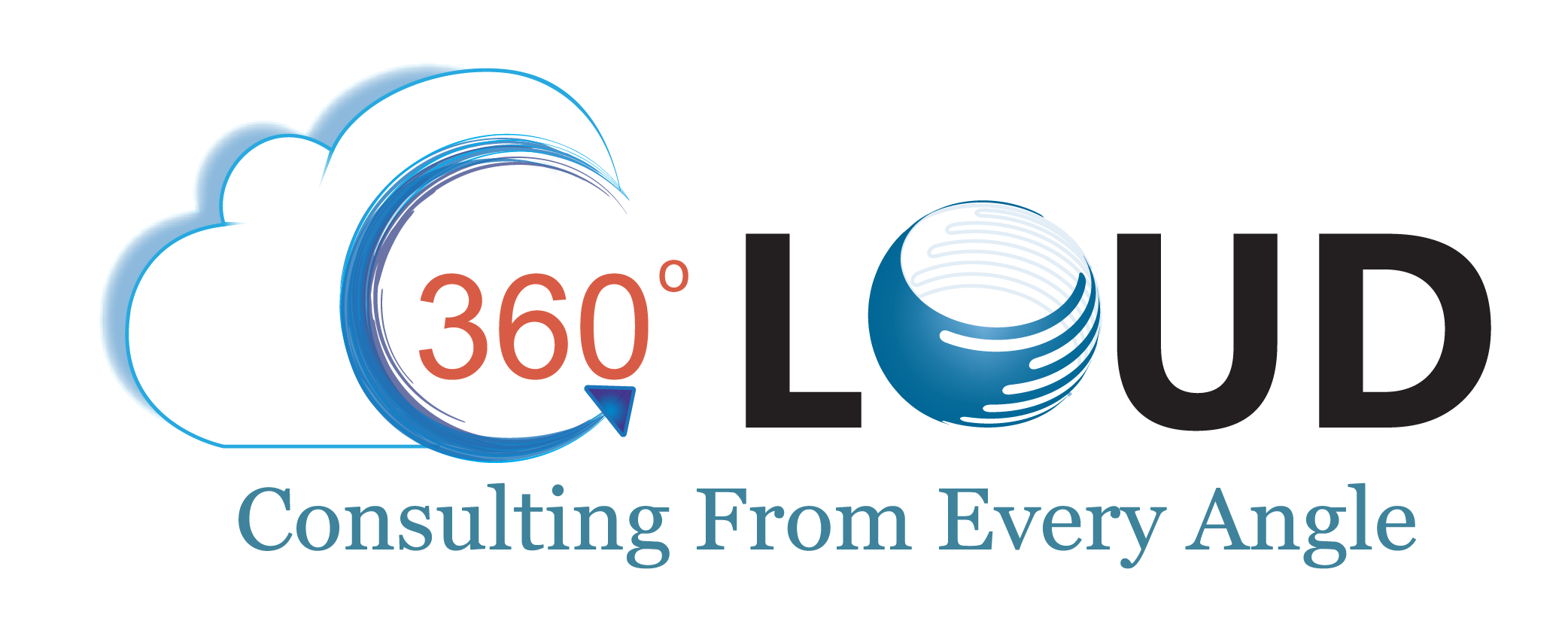Complete Guide to Salesloft Salesforce Integration for Sales Team
23 Dec 2025
Table of Contents

In the fast-paced world of modern sales, efficiency is driven by a powerful duo: Salesloft for high-velocity outreach and Salesforce as the ultimate system of record. While Salesloft serves as the “cockpit” where reps execute cadences, dial prospects, and send emails, Salesforce remains the “command center” where the board looks for forecasts and marketing tracks attribution. The strength of your revenue engine depends entirely on how well Salesloft Salesforce integration works. Without a seamless sync, your engagement data and your financial truth live in two different worlds.
When this integration fails or is poorly configured, the friction creates immediate cracks in your growth strategy. Activities fail to sync, forcing reps into hours of manual data entry, while pipeline data becomes unreliable, leading to “dirty data” that haunts your reporting. Most critically, managers lose visibility into what is actually moving the needle, making it impossible to coach effectively. A successful integration goes beyond mere technical connectivity—it aligns daily sales engagement with revenue outcomes, ensuring that every action taken in the field is accurately reflected in your bottom line.
Table of Contents
What Is Salesloft and Why Integrate It with Salesforce?
To understand the power of a unified tech stack, we first have to define the distinct roles these two giants play. Salesloft is a premier Sales Engagement Platform (SEP) designed to sit on top of your existing workflows. It is the execution layer where your reps spend their day—building cadences, automating email sequences, and dialing prospects. If Salesforce is the library where information is stored, Salesloft is the reading room where the actual work happens.
Salesforce, on the other hand, is the CRM backbone. It is the foundational database that holds the entire history of your customer relationships, from the first touchpoint to the final contract. While Salesloft optimizes how you communicate, Salesforce organizes who you communicate with and how those interactions impact the company’s bottom line.
Companies relying on different tools can end up with their data lying around in silos, which can hinder their growth. Here are three solid reasons justifying the importance of Salesloft Salesforce integration.
- Automated Activity Tracking: If Salesloft is not integrated with Salesforce, reps will have to work on double entry, logging in every detail related to emails and calls. With an integrated system, any activity in Salesloft would automatically be mirrored in Salesforce.
- Seamless Lead & Opportunity Management: The integrated system will update the Lead Status in Salesforce whenever any prospect responds to a Salesloft cadence, ensuring the pipeline keeps moving in real-time and no hot leads fall from the cracks.
- High-Fidelity Forecasting: Salesloft integration with Salesforce provide teams with a single source of truth related to all closed-won deals, so they will always have the picture of what activities helped them to close deals. Using this data, they can even predict future sales patterns and behaviors.
Ready to bridge the gap between your engagement and your revenue data?

How Salesloft Salesforce Integration Works
At its core, the Salesloft integration with Salesforce acts as a high-speed data highway between your engagement activities and your system of record. It ensures that your sales reps can work exclusively in Salesloft while the data they generate flows seamlessly into Salesforce for reporting and management.
Here is a breakdown of how that data moves, when it moves, and who can see it.
1. Data Sync Direction: The Bi-Directional Flow
The Salesloft Salesforce sync is not a one-way street; it’s a strategic exchange of information designed to keep both platforms updated.
Successful integration isn’t just one way. It is necessary to ensure that information is exchanged both ways. Salesforce pushes the data into Salesloft, which includes Leads, Contacts, Accounts, and Opportunities. This helps a rep to have all the information and most current records, segments, and deal stages of the prospect they are working on. Salesloft then sends the engagement data back to Salesforce, which includes Activities, Emails, Calls, and Cadences.
2. Real-Time vs. Scheduled Sync
The integration uses two different methods to balance performance with accuracy:
- Activity Capture: Most engagement data like emails sent and call logging happens in near real-time, ensuring that another team member would be able to access the most updated records even just after a few minutes of a call.
- Field Updates: Updates to standard or custom fields typically run on a “polling” cycle. Salesloft checks Salesforce for changes every few minutes to ensure that the contact information stays synced.
3. Ownership and Visibility Rules
For the integration to work effectively, the “who’s who” of your data must be clear. This is governed by two main factors:
- Record Ownership: Usually, for a record to sync, the owner in Salesforce must be a mapped user in Salesloft. If a Lead is owned by “User A” in Salesforce but “User A” doesn’t have a Salesloft seat, that data may not sync correctly, or it may default to a generic integration user.
- User Permissions: Salesforce CRM integration permissions determine what a rep can see and do. For example, you can configure the sync so that reps only see their own Salesforce Leads within Salesloft, maintaining a clean workspace and preventing “lead poaching” or data overlap.
Stop losing visibility and start syncing your success.

Real Problems Users Face Without Proper Integration
When the bridge between Salesloft and Salesforce is broken or poorly configured, it doesn’t just create “technical glitches”—it creates a ripple effect that destabilizes your entire revenue engine. Without a tight, bi-directional sync, your tools stop working for your team and start working against them.
Here are the high-stakes problems revenue teams face when integration isn’t handled properly:
- Sales Activities Go Missing in Salesforce: If calls, emails, and LinkedIn touches aren’t automatically logged, the CRM becomes a “black hole.” Reps are forced to choose between wasting hours on manual data entry or leaving the system of record incomplete.
- A Surge in Duplicate Leads and Contacts: Without proper matching rules, Salesloft may create new records for prospects that already exist in Salesforce. This leads to “lead poaching” between reps, fragmented communication history, and a messy database that takes months to clean.
- Incorrect Opportunity Attribution: When the two systems aren’t aligned, it becomes impossible to see which cadence or specific email actually triggered a deal. You lose the ability to prove ROI on your sales playbooks, making it difficult to justify budget or double down on what’s working.
- Managers Lose Visibility into Rep Activity: Sales leaders can’t coach what they can’t see. If activity data isn’t flowing into Salesforce dashboards, managers are left guessing who is performing and who is struggling, leading to reactive management instead of proactive coaching.
Find out how you can align your sales engagement with real revenue outcomes.

- Reporting Inconsistencies: When Salesloft shows one number for “Meetings Booked” and Salesforce shows another, leadership loses trust in the data. These “data silos” make it impossible to get a single version of the truth for board decks or weekly forecast calls.
- Broken Cadence Workflows: A failed sync means a prospect might be marked as “Unresponsive” in Salesloft while they are actually an “Active Opportunity” in Salesforce. This leads to embarrassing “broken” workflows where reps continue to send automated cold outreach to someone they are already in active negotiations with.
How Integration Improves Sales Performance
Here is how a unified tech stack directly impacts your bottom line:
- Higher Rep Productivity: When integration is automated, reps no longer have to toggle between tabs or have to work on double entry. Every call made and email sent to Salesloft will instantly be updated in Salesforce. This will save hours of manual logging and administrative tasks of rep, enabling them to focus more on critical operations.
- Accurate Activity Tracking: Salesloft Salesforce sync ensures that the CRM reflects the total effort of the sales team. You get a true 1:1 map of every touchpoint, meaning no activity is left uncounted. This creates a reliable audit trail for every lead and contact in your database.
- Better Pipeline Visibility & Improved Forecasting: Revenue leaders can finally see the “digital body language” of a deal. By seeing exactly how much engagement is happening on an open Opportunity, managers can identify “stalled” deals earlier and forecast with much higher precision.
- Data-Driven Coaching: Instead of asking, “Why aren’t you hitting your numbers?”, managers can look at integrated dashboards to say, “I see your email open rates are high, but your call-to-meeting conversion is low—let’s work on your phone script.” Coaching becomes surgical and objective.
Achieve a Seamless Sync Between Salesloft & Salesforce
While Salesloft has been a popular application for firms to modernize their outreach approach, its real power would be achieved when it will be integrated with Salesforce, providing teams with a unified view of all information. To ensure that integration is successful, it is essential to ensure that it is well-planned and grounded on clean and reliable data. This sync will help to bridge the gap between daily activities and record systems, ensuring revenue teams can focus on their critical tasks instead of just focusing on manual administration.
Salesloft Salesforce integration is no less than a strategic move to ensure a single source of truth for revenue teams. For growing sales processes, it becomes necessary to achieve a healthy sync ensuring all the insights become accessible and actionable. It’s not just syncing your records; it’s aligning your teams to focus on achieving the intended growth.
Discover how high-growth revenue teams turn Salesloft data into Salesforce wins.

FAQs
Does Salesloft sync with Salesforce in real-time?
Yes. Salesloft offers bidirectional, real-time sync for core objects like Leads, Contacts, Accounts, and Opportunities. This ensures that when a rep updates a phone number in Salesloft or a stage changes in Salesforce, both systems reflect the update almost instantly.
Can I run Salesloft cadences directly within Salesforce?
Absolutely. By installing the Salesloft Connect Chrome Extension, your sales team can access the Salesloft side panel inside the Salesforce interface. This allows them to execute cadence steps, log calls, and send "Lofted" emails without switching tabs.
What happens if a lead is deleted in Salesforce?
By default, if a Lead, Contact, or Account is deleted in Salesforce, Salesloft will automatically unlink the record. This prevents your team from reaching out to prospects that have been scrubbed from your primary database.
Do I need a special Salesforce permission to connect?
Yes. The Salesforce user connecting the accounts (the "Main Connector") must have the "API Enabled" permission in their Salesforce profile. Without this, Salesloft cannot communicate with your Salesforce instance.
Does the integration support Salesforce Sandboxes?
Yes, and it is highly recommended. You can connect Salesloft to a Salesforce Sandbox first to test your field mappings and automation rules before going live with your production data.
About the author
Editorial Team – 360 Degree CloudThe Editorial Team at 360 Degree Cloud brings together seasoned marketers, Salesforce specialists, and technology writers who are passionate about simplifying complex ideas into meaningful insights. With deep expertise in Salesforce solutions, B2B SaaS, and digital transformation, the team curates thought leadership content, industry trends, and practical guides that help businesses navigate growth with clarity and confidence. Every piece we publish reflects our commitment to delivering value, fostering innovation, and connecting readers with the evolving Salesforce ecosystem.
Recent Blogs
 Salesforce Services
Salesforce Services
10 Best Salesforce Implementation Partners to Consider in 2026
In 2026, Salesforce is far more than a CRM; it is a complex, AI-driven engine powered by Agentforce and Data Cloud. While the platform’s potential to transform business is…
Read More Salesforce Clouds
Salesforce Clouds
How Salesforce Data 360 Fuels Context-Aware AI Agents
The core issue crippling most enterprise AI projects is fragmented, incomplete, and outdated data. Customer records are often scattered across the CRM, ERP systems, data…
Read More Industry
Industry
Salesforce for Professional Services: Why It’s a Must-Have for Modern Firms
The entire professional services industry, whether it is legal or IT, has always been struggling with tremendous operational challenges. On one hand, there is the…
Read MoreReady to Make the Most Out of Your Salesforce Instance?
Our Salesforce aces would be happy to help you. Just drop us a line at contact@360degreecloud.com, and we’ll take it from there!
Subscribe to our newsletter
Stay ahead with expert insights, industry trends, and exclusive resources—delivered straight to your inbox.



